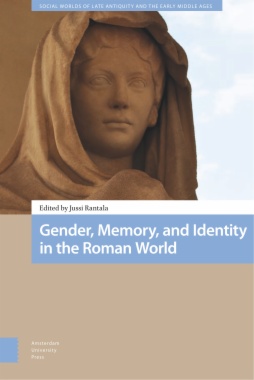In Return Engagements artist and critic Việt Lê examines contemporary art in Cambodia and Việt Nam to rethink the entwinement of militarization, trauma, diaspora, and modernity in Southeast Asian art. Highlighting artists tied to Phnom Penh and Sài Gòn and drawing on a range of visual art as well as documentary and experimental films, Lê points out that artists of Southeast Asian descent are often expected to address the twin traumas of armed conflict and modernization, and shows how desirable art on these themes is on international art markets. As the global art market fetishizes trauma and violence, artists strategically align their work with those tropes in ways that Lê suggests allow them to reinvent such aesthetics and discursive spaces. By returning to and refashioning these themes, artists such as Tiffany Chung, Rithy Panh, and Sopheap Pich challenge categorizations of “diasporic” and “local” by situating themselves as insiders and outsiders relative to Cambodia and Việt Nam. By doing so, they disrupt dominant understandings of place, time, and belonging in contemporary art.
- Cover
- Table of Contents
- Abbreviations
- Preface
- Tabula Gratulatoria
- Introduction
- 1. Public Agency of Women in the Later Roman World
- 2. Religious Agency and Civic Identity of Women in Ancient Ostia
- 3. The Invisible Women of Roman Agrarian Work and Economy
- 4. ‘Show them that You are Marcus’s Daughter’
- The Public Role of Imperial Daughters in Second- and Third-Century ce Rome
- 5. Defining Manliness, Constructing Identities
- Alexander the Great mirroring an Exemplary Man in Late Antiquity*
- 6. ‘At the Age of Nineteen’ (RG 1)
- Life, Longevity, and the Formation of an Augustan Past (43-38 bce)*
- Mary Harlow and Ray Laurence
- 7. Conflict and Community
- Anna of Carthage and Roman Identity in Augustan Poetry*
- 8. Dress, Identity, Cultural Memory
- Copa and Ancilla Cauponae in Context
- 9. The Goddess and the Town
- Memory, Feast, and Identity between Demeter and Saint Lucia
- 10. Varius, multiplex, multiformis* – Greek, Roman, Panhellenic
- Multiple Identities of the Hadrianic Era and Beyond
- 11. Mental Hospitals in Pre-Modern Society
- Antiquity, Byzantium, Western Europe, and Islam. Some Reconsiderations
- Index
- List of Illustrations
- Figure 8.1 Woman serving water with two jugs. Pompeii, Caupona in Via di Mercurio, VI 10, 1, room b, north wall
- Figure 8.2 1) Pompeii, Caupona in Via di Mercurio, VI 10, 1, room b, N wall; 2) Pompeii, Caupona di Via Mercurio, room b, probably E wall; 3) Pompeii, Caupona in Via di Mercurio, south wall (male waiter?); 4) Pompeii, Caupona di Salvius, VI 14, 35.36, ro
- Figure 8.3 Diana dressed in a double-girt chiton
- Figure 8.4 Funerary relief of Sentia Amarantis, Museo Nacional de Arte Romano, Augusta Emerita, inv. CE00676. Late second-third century CE
- Figure 8.5 Bronze ring ending in two snake-heads, found in the thermopolium of Felix and Dorus VI 16, 39.40, Pompeii (inv. 55462)
- Figure 8.6 1) Bronze bracelet in the form of snake (inv. 12699) and 2) spiral silverring (inv. 12700). Found in the Caupona o
- Figure 8.7 1-2) Two faience beads (inv. 56194) and 3) a glass paste bead (inv. 56195) found in the Caupona all’Insegna dell’Africa III 8, 8, Pompeii

